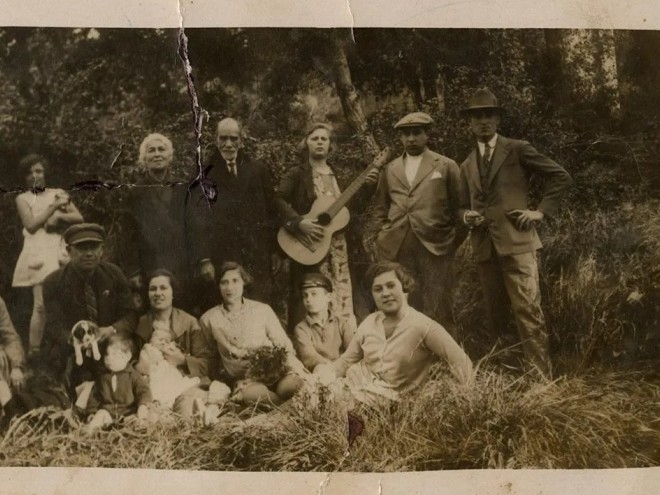Cynthia Ozick has said that, as storytellers, we should use as much (Jewish) specificity as possible, and not look to erase it in order to appeal to an imagined, universal reader. She used the metaphor of blowing into the narrow end of the shofar, which results in a resounding and memorable sound, rather than blowing into the wide end, which produces a sound that is small and inconsequential. What makes Elizabeth Graver’s new book, Kantika, such a striking read is that she vividly depicts the life and times of its heroine, the spirited Rebecca Levy, née Cohen, allowing the reader an immersive reading experience.
The story of Kantika, based on the life of Graver’s grandmother, opens in Constantinople in 1907 and spans five decades, making stops in Barcelona and Havana but ultimately ending in New York City in 1950. While modern Jews everywhere are suffering as a result of the two World Wars, it’s also a period of great upheaval for Sephardic Jews in Islamic lands — in this case, Turkey.
Through the specific experiences of the Cohen/Levy family, we learn about the trials and tribulations shared by this generation of Jews: emigration and immigration, loss, nostalgia, separation from family, war, and financial loss and insecurity. But we also bear witness to the intimate and small joys that are found in daily living, faith, work, friendship, and life-cycle events.
One particular delight is how the author frequently incorporates Ladino (with translation) into the character’s dialogue and thoughts. This not only lends authenticity to their lived, linguistic experience as “others” (Jews in Turkey) and immigrants (Sephardic Jews in Barcelona, then New York), but it also enriches our reading experience by inviting us to engage with the language that gave this community its unique inheritance.
Graver includes a family photo at the beginning of each chapter, which provides another level of (visual) wealth and anchors the novel to its nonfictional source. The author imbues her family history with imagined exchanges, gestures, thoughts, and dreams, creating multi-dimensional characters with whom it is easy to empathize.
In the end, Kantika’s heroine triumphs not in a larger-than-life heroic way, but in a way that makes her relatable: She does not give up, and she fights for what she feels is right for her family and herself despite challenges, disappointments, and loss. This is the definition of a life well lived.
Graver chose a fitting epigraph — a Ladino proverb — for her novel: “Deshame entrar, y me azere lugar/Let me enter, and I’ll make a place for myself.” For it is not just the Sephardic characters in Kantika that carve out a place for themselves, once they are able to enter Turkey, Spain, Cuba, and the US. We, too, are invited to enter the story and make a place for ourselves, in the shared realm of human experience.
Nina B. Lichtenstein is a freelance writer who divides her time between Maine, Tel Aviv, and Oslo. Her book, Sephardic Women’s Voices: Our of North Africa was published in 2017 by Gaon Books. You can learn more about her writing on her website.



